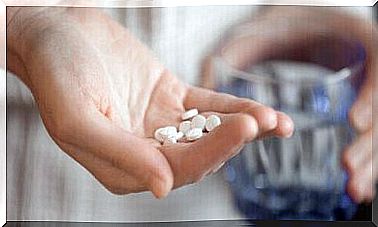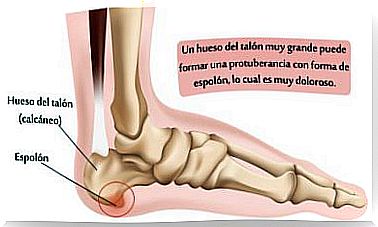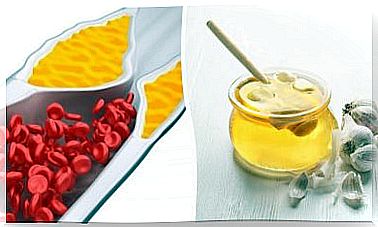Tartrazine: What Is It And What Are Its Health Effects?
Tartrazine is a dye that is commonly used in the food industry, although its effects on health generate some controversy. It stands out for its intense yellow color, characteristic of several ultra-processed products, such as jelly beans.
Although at present this substance is beginning to be replaced by turmeric or beta-carotene, there are still many companies that make use of it, due to its low price and its chemical properties.
Uses of tartrazine in the food industry
As we mentioned, this colorant is used in processed products to improve the organoleptic characteristics of the resulting foods. Although it does not have a particularly striking flavor, it is capable of giving a peculiar appearance, which generates interest and attraction on the part of the consumer.
It is used in the production of desserts, soft drinks and alcoholic beverages, snacks and even sauces and dressings, such as mustard. It is also common to find tartrazine in preparations for paellas or Mexican food.

Health effects of tartrazine
This food coloring has generated a lot of controversy among nutrition experts, as there are studies that give it a harmful potential. In rats, for example, it is harmful.
Although the results of animal tests cannot be directly extrapolated to humans, they are an indication that caution is necessary with the substance.
Cancer
Although tartrazine intake has been associated with an increased risk of some types of cancer, there is currently no strong evidence for this. Although this additive could influence the expression of certain genes, according to the journal Physiology International it has not been shown to be capable of causing oncological pathologies in the medium term.
Hyperactivity in children
Some experts have assured that tartrazine is capable of generating an uncontrolled release of histamine, which can cause hyperactivity in children, as well as insomnia problems. However, there are no trials to support this theory, so no evidence has been generated in this regard.
It has even been speculated on the power of tartrazine in inducing asthma, eczema or hives. However, these effects are associated with the development of an allergy to the additive and are not caused by its toxicity. In this regard, low-dose tartrazine is considered safe.
Other effects
However, research can be found in the scientific literature that states that the toxic power of tartrazine is dose dependent in humans. In this way, at low doses it would be a safe dye.
However, if certain limits are exceeded, certain cytotoxic properties that affect kidney function could be revealed. On the other hand, it is a substance that can cause allergies, according to a study published in the journal Food Chemistry .
Thus, care must be taken with people who have developed a hypersensitivity reaction to the dye, as life-threatening anaphylaxis could occur.
Natural alternatives suitable for vegans
Although low-dose tartrazine should not pose a health risk, you can find natural alternatives that are also capable of adding color to food. With them, the risk of developing an allergy or a harmful anaphylactic process is reduced.
Substances that can exert this function are beta-carotene and turmeric. They have several advantages over the original additive.
First of all, its antioxidant potential. It should be noted that turmeric contains a phytonutrient (curcumin) capable of preventing the appearance of free radicals and even the formation of some types of tumors. This is stated by research published in Nutrients .
In parallel, beta-carotenes are capable of exerting positive effects on eyesight, preventing macular degeneration. They are found in yellow or orange foods, such as carrots and some varieties of bell peppers. Exotic fruits like papaya are also high in content.

Tartrazine is a controversial additive
While it is not possible with the scientific literature in hand to ensure that low-dose tartrazine is harmful, there remain many detractors of the substance. The possible harmful effects linked to the release of histamine have not been demonstrated, although there are those who claim to suffer adverse reactions after its ingestion.
Be that as it may, what is clear is that prioritizing fresh foods over processed ones is to gain health. Thus, it is recommended to minimize the use of some additives as much as possible. It is optimal to replace them with natural options such as turmeric or beta carotenes.
Culinary spices have the advantage of providing flavor, which further improves the organoleptic properties of food. What you should be clear about is that, if you ever feel bad after consuming a product with tartrazine, you have to go to the doctor for allergy tests. Consuming the additive while being hypersensitive to it could be harmful.









